The Only Guide to Customer Loyalty You Will Ever Need (with 12 Examples)
1. Customer loyalty vs. customer retention
2. How to make your brand loveable?
3. Building customer loyalty is not about budget
4. What is a customer loyalty ladder?
5. How do you help customers “climb” the ladder?
6. Learn from these awesome customer loyalty program examples
7. What metrics are the most important to build customer loyalty?
8. Common brand loyalty misconceptions you should know
Useful tools:
1. Newoldstamp - Email signature marketing
2. Mailchimp - Email builder and sender
3. Hubspot Email Marketing - Marketing automation platform
4. MailerLite - Landing page builder
5. Canva - Online tool for making designs
To explain the customer loyalty definition in simple words, I did not come up with anything better than referring to the famous American TV-show which is still loved and relevant today despite being off the air for more than a decade — Sex and the City.
Carrie Bradshaw, the sitcom’s lead character, was a huge fan of the Manolo Blahnik shoes. She claims she has spent over 40 thousand dollars on footwear. That’s more than a hundred pairs! Most of the shoes were Manolo Blahniks. See how loyal Carrie was to her favorite brand?
Customer loyalty is all about customers returning to a company, again and again, to conduct some type of business due to the pleasant and remarkable experiences they have with that brand.
When someone is loyal to one company, they can’t be easily lured by other company’s prices or product availability. They would rather wait until the product is back in stock or pay more to get the same quality they know and love.
However, loyalty isn’t only about recurring purchases. People who love a particular product or service will likely bring you more new customers because they tell their family, friends, and colleagues about their favorite brands.
No matter what type of business you run, you should strive to improve customer loyalty to keep people buying from you and make them promote your brand to new audiences.
In this guide, you will learn everything you need to know about customer loyalty and see the examples of customer loyalty programs of the most prominent world’s brands.
Customer loyalty vs. customer retention
Don’t confuse customer retention with customer loyalty. The last one goes beyond financial transactions and runs hand-in-hand with emotions. Since loyal customers are enthusiastic about what you do, their engagement usually results in positive reviews and quality referrals.
Keep in mind that not every retained customer is a loyal customer. However, every loyal customer is a retained customer.
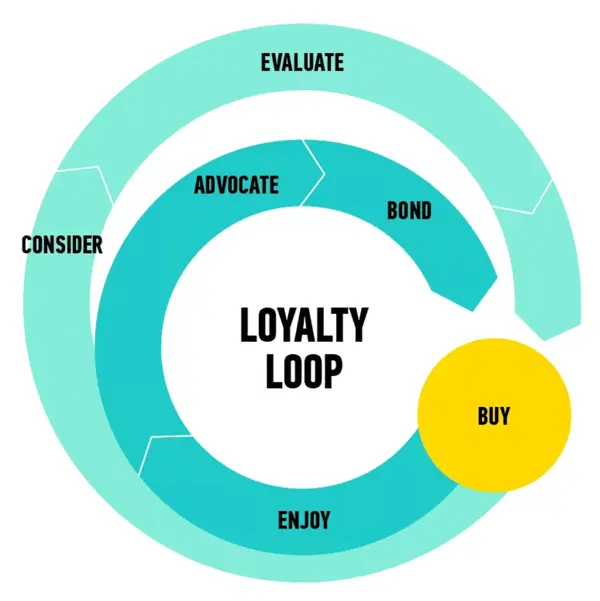
source: Business2community
How to make your brand loveable?
Probably you already want to make them all love your brand and advocate for you. How do you do it? How do you turn satisfied buyers into loyal brand evangelists? Well, we have a few ideas.
-
Always put customers first
Companies that give their customers what they want can earn customer trust easier. And one of the best ways to become one of those companies is to develop a company-wide customer-centric culture. Within some organizations, the only employees that are really focused on clients’ needs are customer service and support people. However, that isn’t as efficient as the company-wide customer-centricity mentioned above.
It’s in your best interest to encourage everyone in the company to put customers first. This will make building brand loyalty much easier — because when your products and services reflect a focus on clients’ needs, it’s not difficult to convince customers that you care.
-
Associate your brand with human values
Values are abstract representations of desired end-states that serve as guiding principles in people’s lives. All well-known brands aim to build their concepts around human-like values to show that they can benefit consumers’ lives in meaningful ways. They all aim to uncover and leverage the link between product/service attributes and potential buyers’ values. For example, Coca-Cola did a great job of making people associate the brand with the value of enjoying life.
You might also like: “How Can You Develop Brand Consistency And Is It Essential in Communication?”
-
Should you actively compete?
Healthy competition is nice as it helps you differentiate and make people stand up for your brand (e.g., Coca-Cola vs. Pepsi — they support their rivalry as it helps both brands grow).
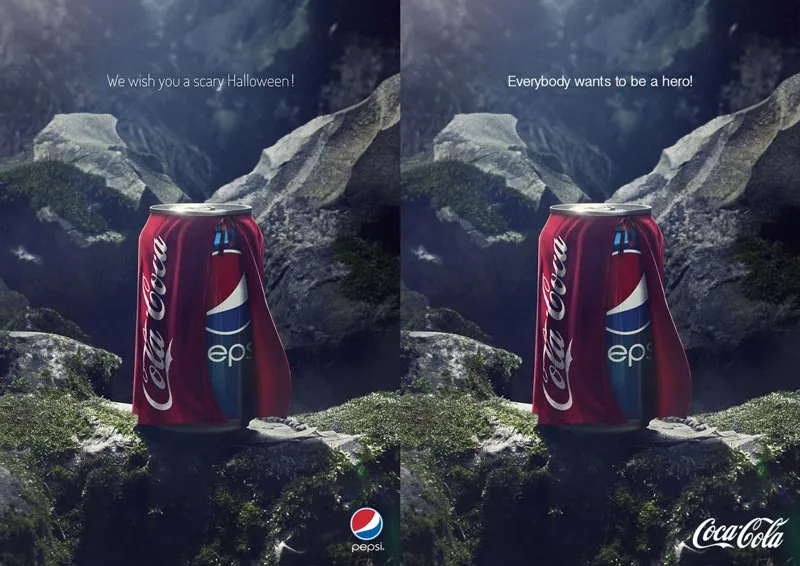
source: Vc
Building customer loyalty is not about budget
Many companies find excuses for not being appreciated by customers as they deserve, just because they don’t have enough money for proper promotion and “buying” people’s love. However, we all know that you can’t buy customers’ hearts and loyalty with money only. Even a small business with a product that helps people in some way will easily become lovable.
What is the most direct cause of customer loyalty? Let’s go over this one more time: gaining customer love and commitment is not about money, but …
-
It’s about personalization
Most customers demand a personalized experience — and if you fail to accommodate it, they will go elsewhere to get one.
Let them know who you are, explain how you do business. Even small things like photos of the team on a website or a headshot of a customer service representative in an email signature may have a huge impact. Using an email signature generator can help you easily add these personal touches to create a more engaging experience. In emails, always use the name of a customer.
-
It’s about being honest
Good personal relations are built on trust. If you want your supporters to trust you, they have to feel like they know you, and you know them. Some brands get so close to customers that they even know whether they are getting married or divorced.
It’s important to keep the balance between telling the truth and acting in the company’s interests. For example, when something goes wrong, and you are going to explain to the customer what happens, you better also explain how you will fix it.
-
It’s about extras
Winning customers’ hearts is not about chasing customer retention rates, but about building a brand and giving emotions. A bowl of candies in a clothing shop is a nice example in this context.
-
It’s about giving what customers want
We all need a coffee maker, but it should be the one that heats well, doesn’t make too much noise, etc. We all need a doctor, but it should be the one that can listen to us and always do what’s in our best interest. Research and listen to your customers to connect with them via their wants.
-
It’s about being a professional
Make sure people associate your brand with proficiency in the field. Try to become a leader, even if you believe it’s impossible due to a large number of strong competitors.
What is a customer loyalty ladder?
Think of the building of customer loyalty as a ladder that has to be climbed by customers (from being prospects to becoming brand advocates).
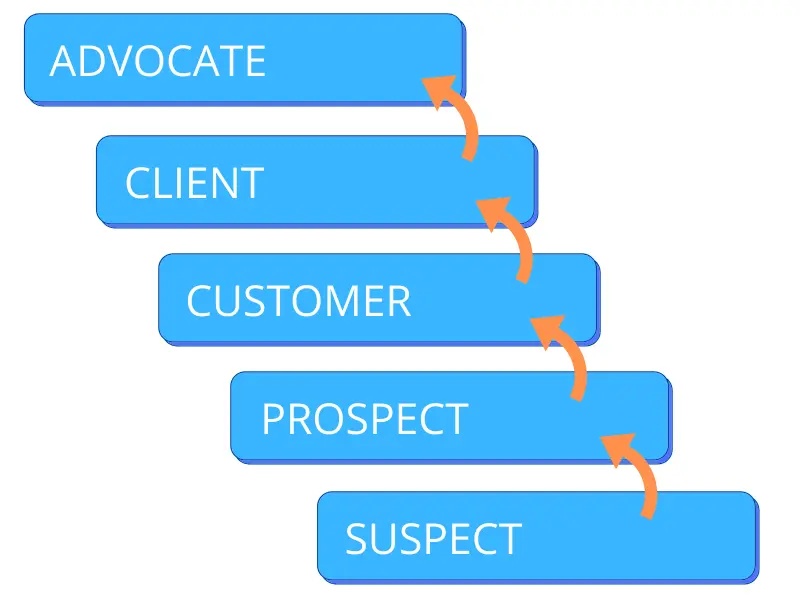
How do you help customers “climb” the ladder?
Below are the most important steps you need to take when working on your customer loyalty schemes.
-
Create a loyalty bonuses program
Reward people with bonuses for certain actions and let encourage them to spend such bonuses on your product or service.
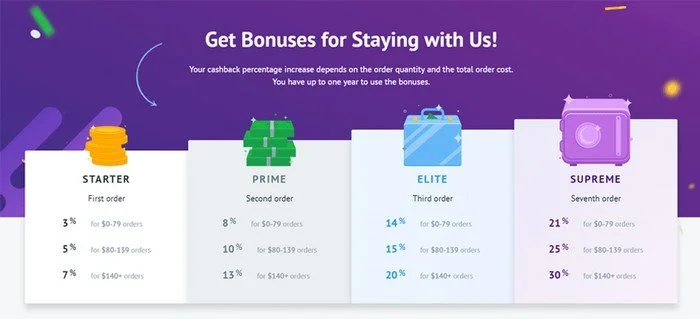
source: Wpbreakingnews
-
Encourage regular loyalty actions
Help people show their loyalty all the time. For instance, remind your followers to like, comment, and share your posts.
-
Present something more than plain discounts
Discounts are good, but you can also let users earn an extra feature or a golden badge for actively supporting your brand.
-
Reach out to similar companies and create partnerships
Join your powers with similar businesses and win more customers. Consider creating mutual giveaways, promo codes, flyers, and anything else that can help build healthy relations for both companies and their users.
-
Create a definitive strategy
Plan your actions ahead and follow the plan.
-
Make sure customers expressing opinions is rewarded
Although most people enjoy giving their opinions, sometimes they need a little boost to actually take the time to share. For example, you can offer a discount in exchange for taking a survey on the shopping experience.
Read our article: “How to Develop a Customer Review Strategy and Use It as an Integrated Part of Your Marketing and Sales.”
Learn from these awesome customer loyalty program examples
-
Reebok
Reebok has one of the most amazing customer loyalty programs called Reebok Unlocked. The program members can earn points by purchasing and reviewing shoes and clothing, interacting with the brand on social networks, and attending events. As they earn points, they can access various workout and training videos, early product releases, and even private events. Members can also be rewarded by dozens of Reebok’s partners in the wellness space.
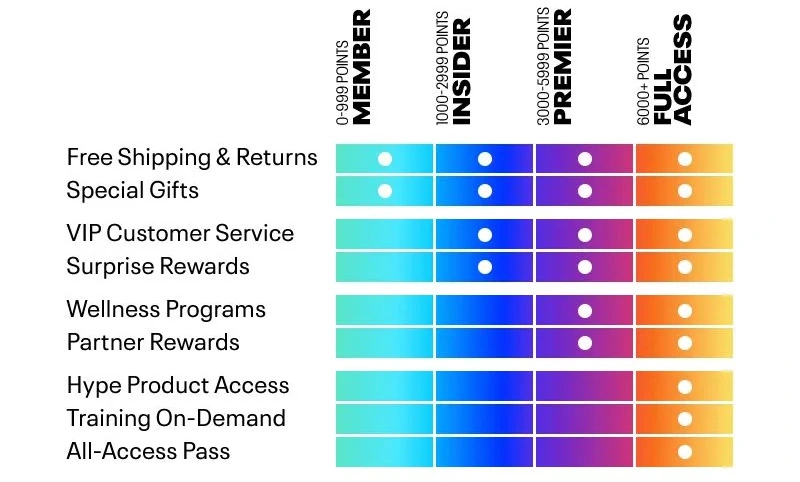
source: Brand.assets.reebok
-
Amazon Prime
Let’s look at Amazon’s Prime membership program. For $13 per month, the Prime Club members get exclusive deals, faster, more convenient free delivery, ad-free songs, games, TV shows, and books.
Why does Amazon do this? The platform deals with lots of competitors that sell the same products too. Opening the Prime club, they easily differentiate themselves from the competition and convince people to buy stuff through Amazon exclusively.
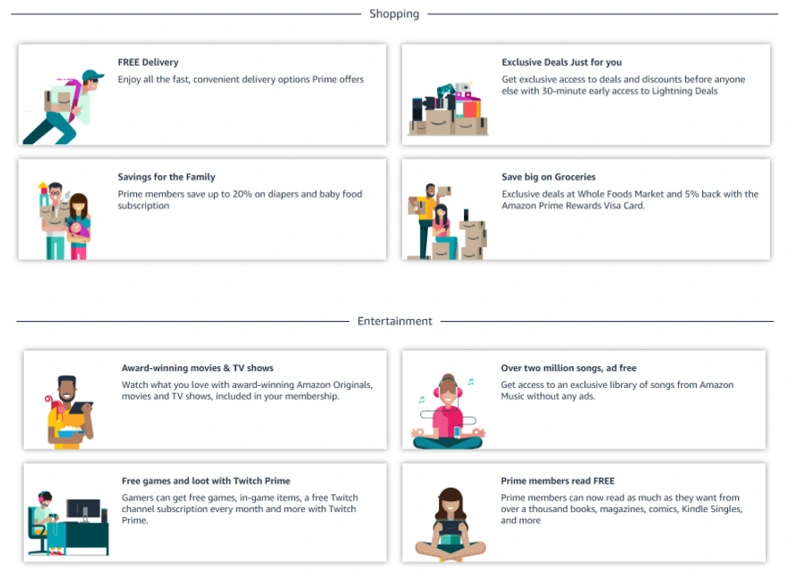
source: Amazon
-
Barnes & Noble
This brand loyalty example can work well for recognizable brands. When people trust you, they easily spend their money to join your VIP member’s club as they see how many benefits they get (see images below).
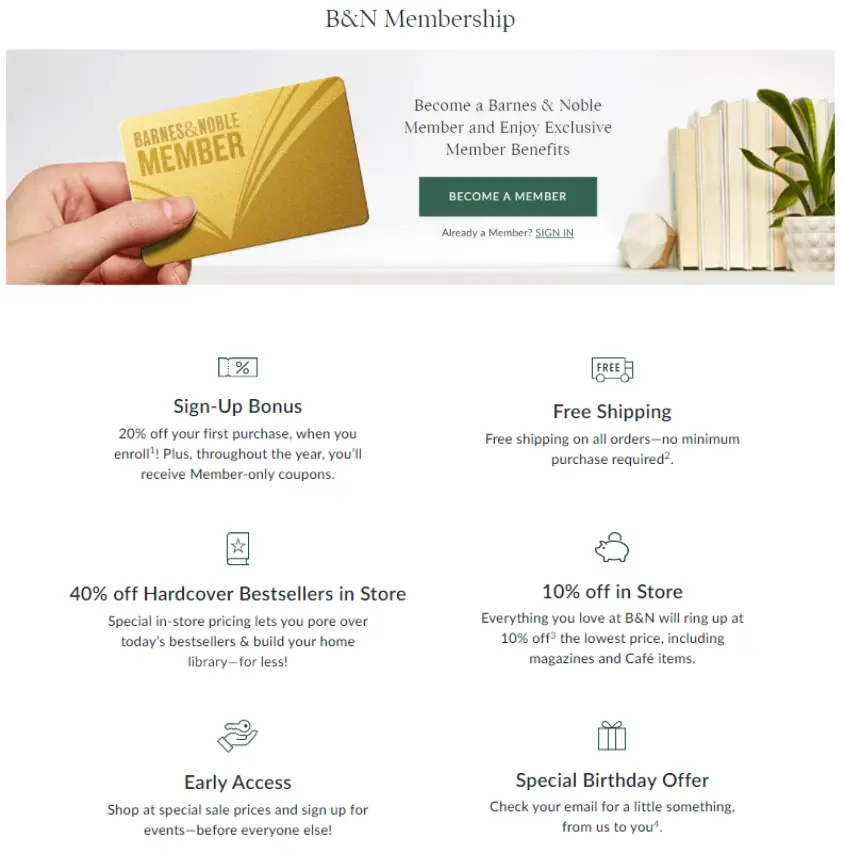
source: Barnesandnoble
-
Baskin-Robbins
Just for signing up for their brand loyalty program, Baskin-Robbins gives its supporters a free scoop of ice cream on a birthday.
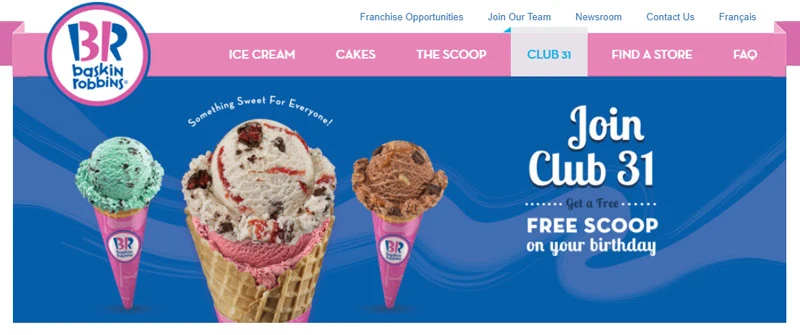
source: Baskinrobbins
-
Disney
Everyone who enjoys going to see Disney premiers in the theaters or buys DVDs to add to their collection will love Disney Movie Insider. This loyalty program allows Disney fans to earn points for the movies they watch in the theater or at home and then redeem them for exclusive experiences.
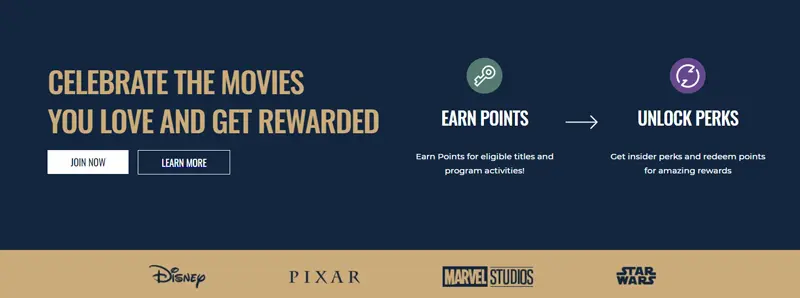
source: Disneymovieinsiders
-
Lancôme
For every dollar spent, a famous beauty brand gives its supporters ten points. If a customer connects with Lancôme on social media, they earn fifty points. You don’t need to do much to get a hundred points. Just tell them more about yourself. As you may have guessed, Lancôme will use this information to learn more about their audience and deliver more personalized experiences.
Customers who join the program and earn the points can receive early access to new products, birthday gifts, free shipping, invitations to Lancôme events, and more.
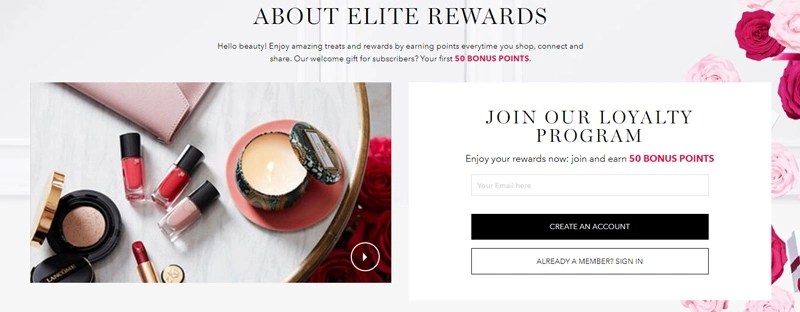
source: Lancome
-
IKEA
IKEA shows how much they love their loyal customers by calling them “FAMILY.” Once you join the IKEA Family Program, you get access to discounted member prices, inspirational workshops, free hot drinks every time you visit the shop.
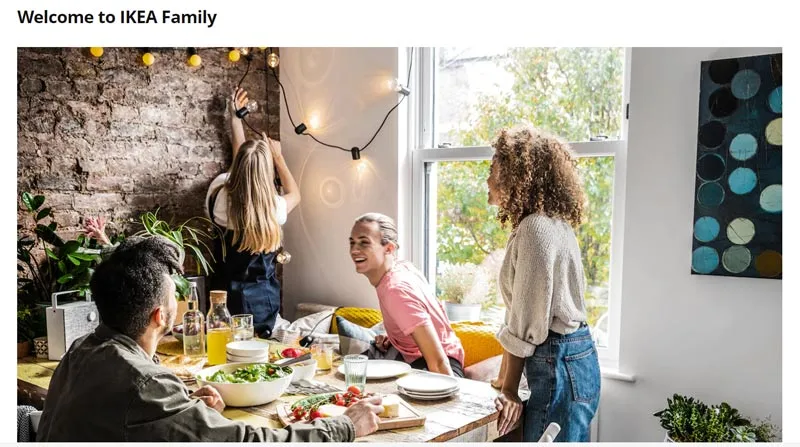
source: Ikea
-
Nike
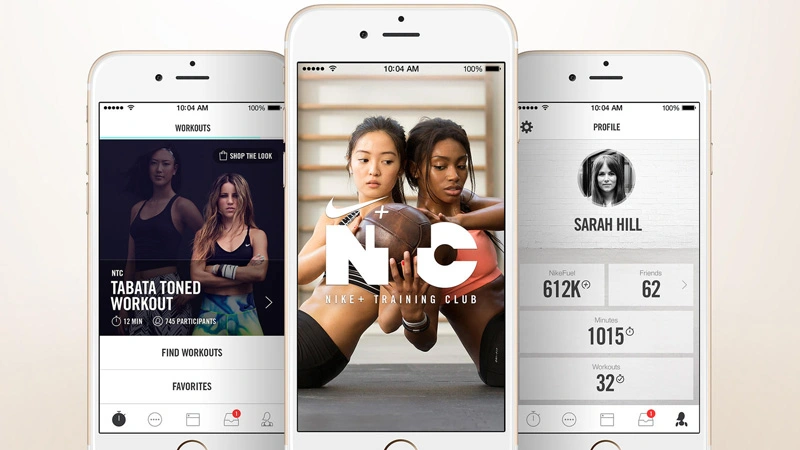
source: Etoday
Nike constantly improves its free training app and helps users get closer to their goals. This works simply: people always link their success to the blogger or company that made the difference. And Nike knows it.
-
Sephora Beauty Insider
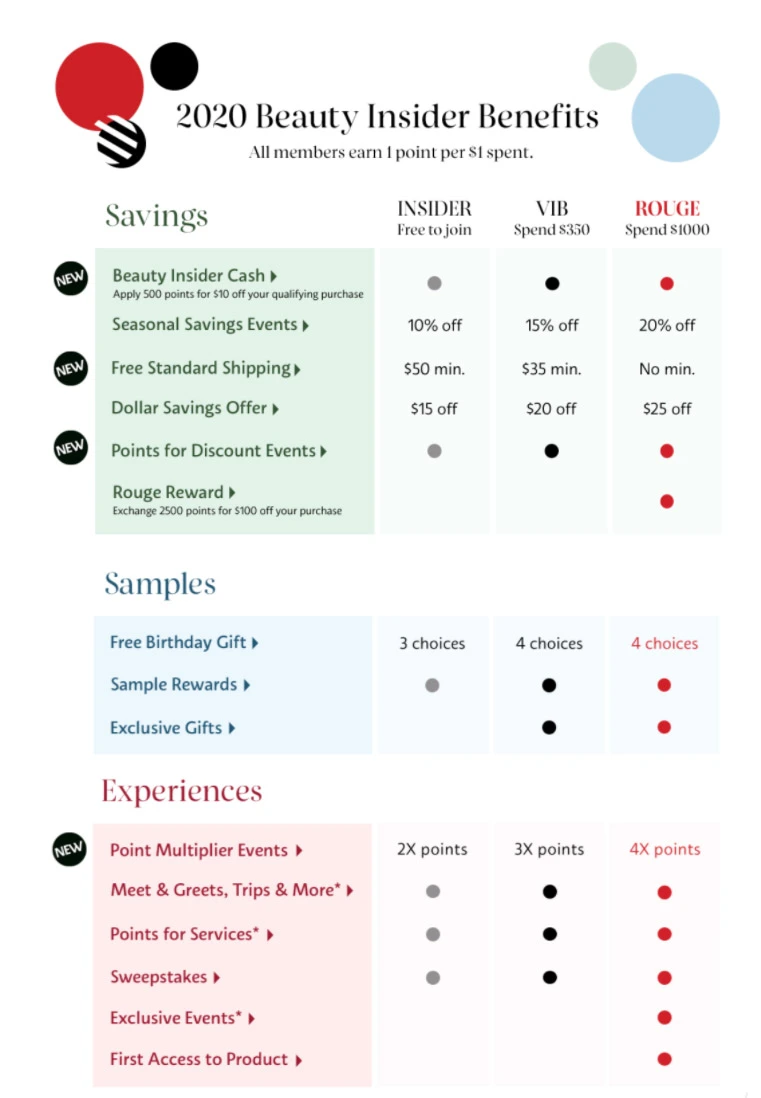
source: Sephora
A well-known cosmetics brand Sephora has a great loyalty program called Beauty Insider that offers tons of fantastic benefits. Those include one point per one dollar spent on their products, birthday gifts, free shipping, access to special events where customers can earn points even faster.
-
Starbucks Rewards
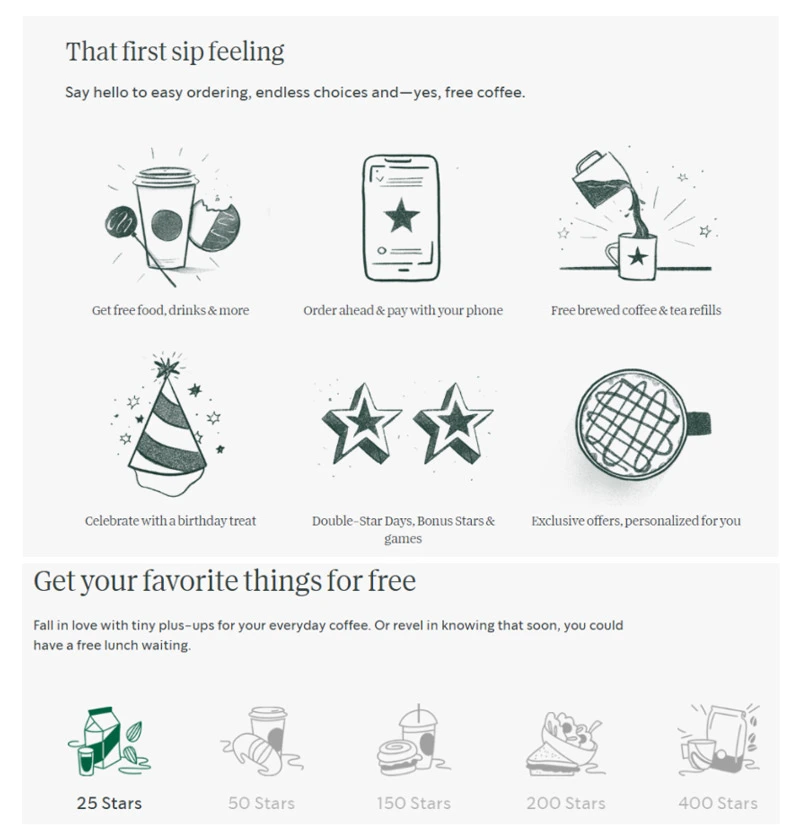
source: Starbucks
Did you hear about the Starbucks Rewards application? In order to earn loyalty stars, you must order or pay with the app. This way, the brand can increase customer loyalty and collect and analyze valuable data on customer preferences and behavior.
-
The Body Shop
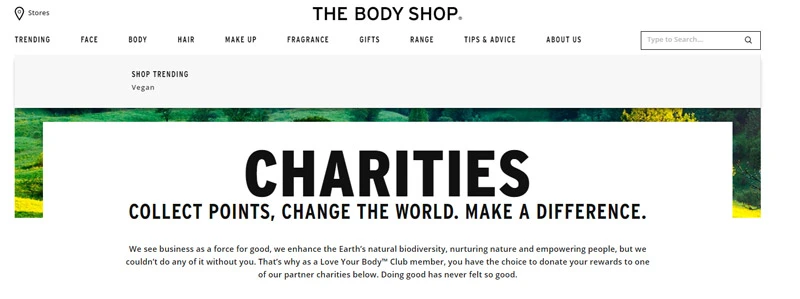
source: Thebodyshop
Not all brand loyalty programs offer discounts. Brands often incorporate their values into loyalty programs to develop stronger relationships with their supporters. If you structure your loyalty program around mutual values, people are more likely to become your brand evangelists. See how The Body Shop used this approach by making nature and climate changes support part of their program.
-
The North Face

source: Thenorthface
Take a look at the reward program by The North Face. Every time you make a purchase, you get ten points for each dollar spent online and five points for each dollar spent in their outlets. By rewarding people this way, you can increase your customer’s average order value and encourage them to buy from you in the feature.
You might also like: “Tips and Examples of the Best Personalization for Email Marketing.”
What metrics are the most important to build customer loyalty?
No matter how awesome you believe your customer loyalty benefits are, you still need to measure the loyalty to know the numbers and be able to improve if necessary. Below are seven essential metrics to keep in mind while measuring customer loyalty.
-
Customer retention rate
Customer Retention is the ability of a brand to maintain a long-term relationship with a customer. A high rate means that your customers are happy to come back for a new purchase and recommend you to friends.
How does one calculate CRR?
At the beginning of the month, the company had 150 customers. At the end of the month, the number grew to 162. However, 18 customers stopped using the services, and 30 new customers started using it. The company’s CRR would be: (162-30) / 150 = 0.88 or 88%.
-
Lifetime value
Lifetime value (LTV) is the total amount of money a person is expected to spend on products or services that you sell during their lifetime. For instance, the LTV of a Volkswagen owner might be as much as $100,000 if they are satisfied with their car and end up buying several in the next few years. You might be surprised, but the LTV of a regular coffee drinker might be even higher than that.
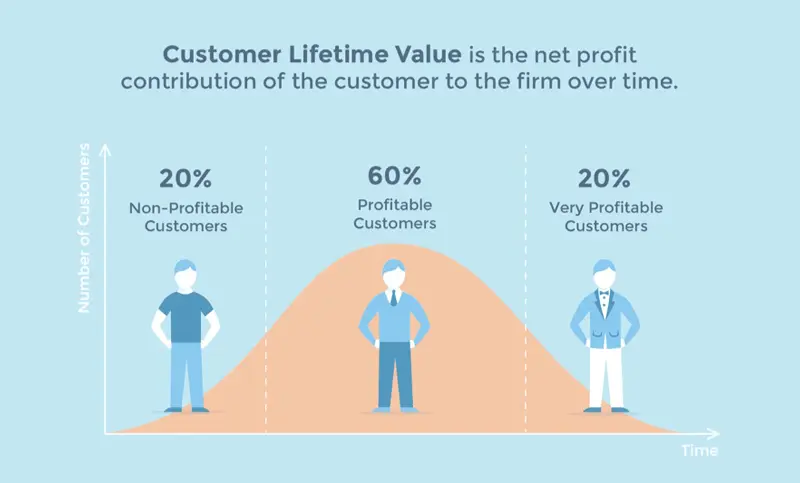
source: Neilpatel
Knowing the LTV is important because you can determine how much you can spend on each customer and if your relationships are profitable.
-
Net promoter score
This is an excellent replacement for long traditional customer satisfaction surveys. Ask one essential question which identifies the net promoter score: “How likely are you to refer to our service?”
-
Churn
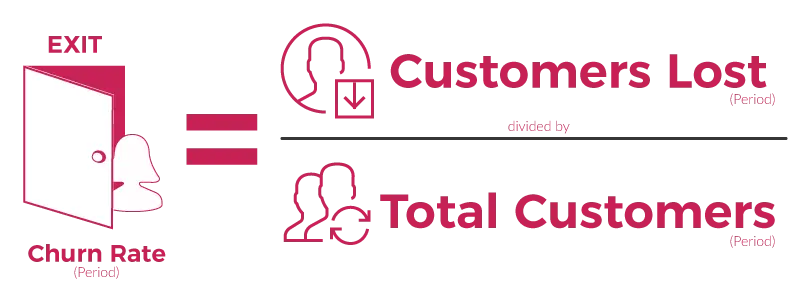
source: Carrotquest
Churn is the percentage of those who unsubscribed from the communication channel/stopped using the service/etc. for a certain period of time. For example, if a company has 600 customers at the beginning of the month and only 550 customers at the end of the month, the churn rate would be: (600-550) / 600 = 50/600 = 10%
-
Social media engagement
Monitor how often your existing clients interact with your social media channels. This type of engagement can indicate their enthusiasm for your brand and products.
-
Upsell conversion rates
Another indication of customer loyalty is when they buy not only one but also other products you offer. The upsell conversion rate is the percentage of customers who have purchased more than one type of product to the customers who have bought only one.
-
Referral links
A company with a referral program should track the number of new customers who purchased based on recommendations. By measuring referrals, you can track not only new conversions but also those clients who are happy with the product enough to tell others about it.
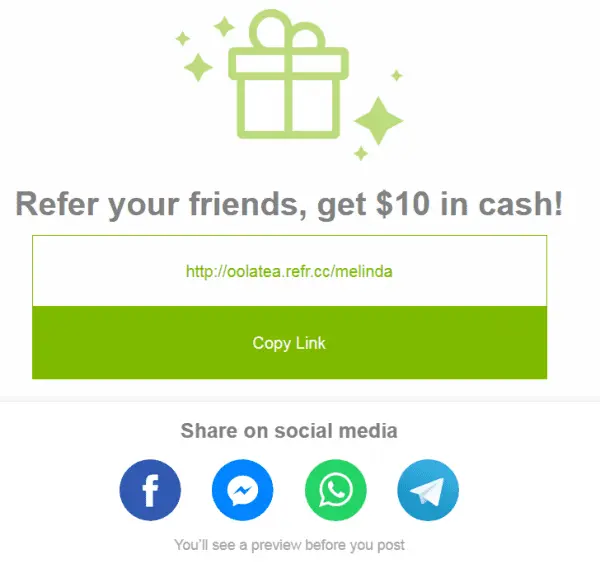
source: Referralcandy
Common brand loyalty misconceptions you should know
Finally, let’s go through the most common misconceptions about customer loyalty.
-
Fast service is bad
Customers expect good quality, but that doesn’t mean they will wait half an hour for that super-cool-looking latte.
-
People only need a product
Customers are ready to pay extra for the emotion. Your brand must be associated with a pleasant one. A smiling consultant and/or a small cookie that comes with an espresso make people want to come again.
-
Bad service means the customer is lost
We all make mistakes. So do the brands. The way they fix them can make them stand out or lose customers. If you messed up, apologizing and giving some bonus will make up for it.
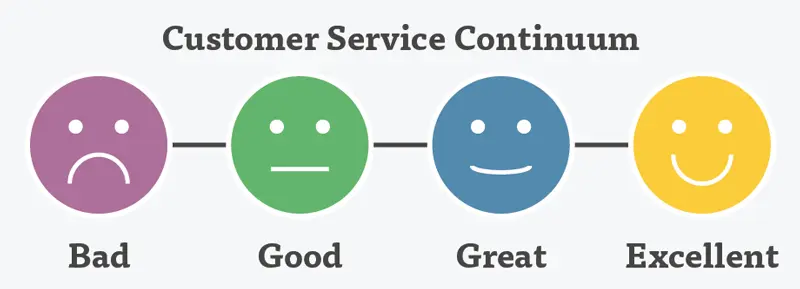
source: Lessonly
-
Only crazy geeks can be loyal customers
If a person received exceptional service, they will 100% share their experience with at least one other guy.
-
People are easily deceived
It’s super easy to spot a brand that wants to look good but actually doesn’t.
Conclusion
Loyalty is rarely built in a single transaction, and like anything else worthwhile, it takes time to earn. Every experience a person has with a brand, even the smallest one, impacts the speed at which businesses earn trust and build loyalty with their supporters.
So, be honest, pay attention to details, personalize your messaging, remain professional no matter what, reward, plan, and analyze, and you will find the key to peoples’ hearts.


